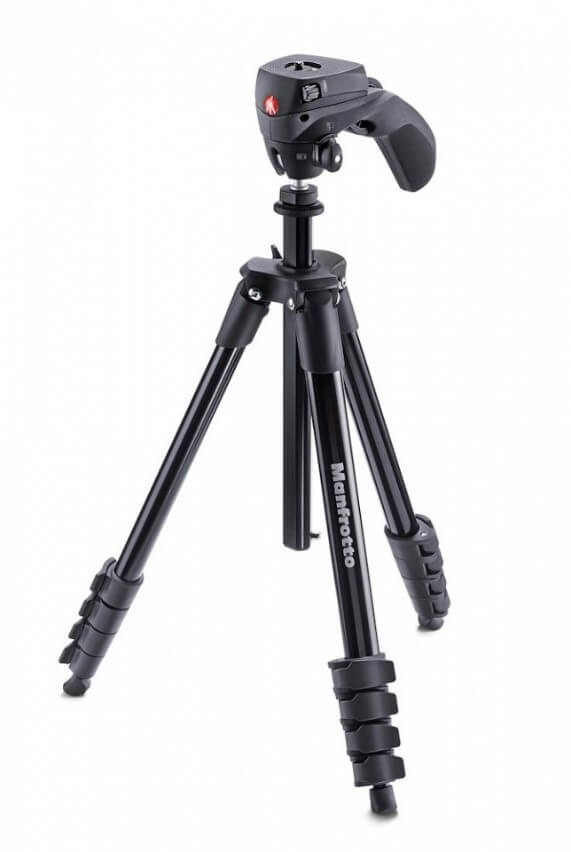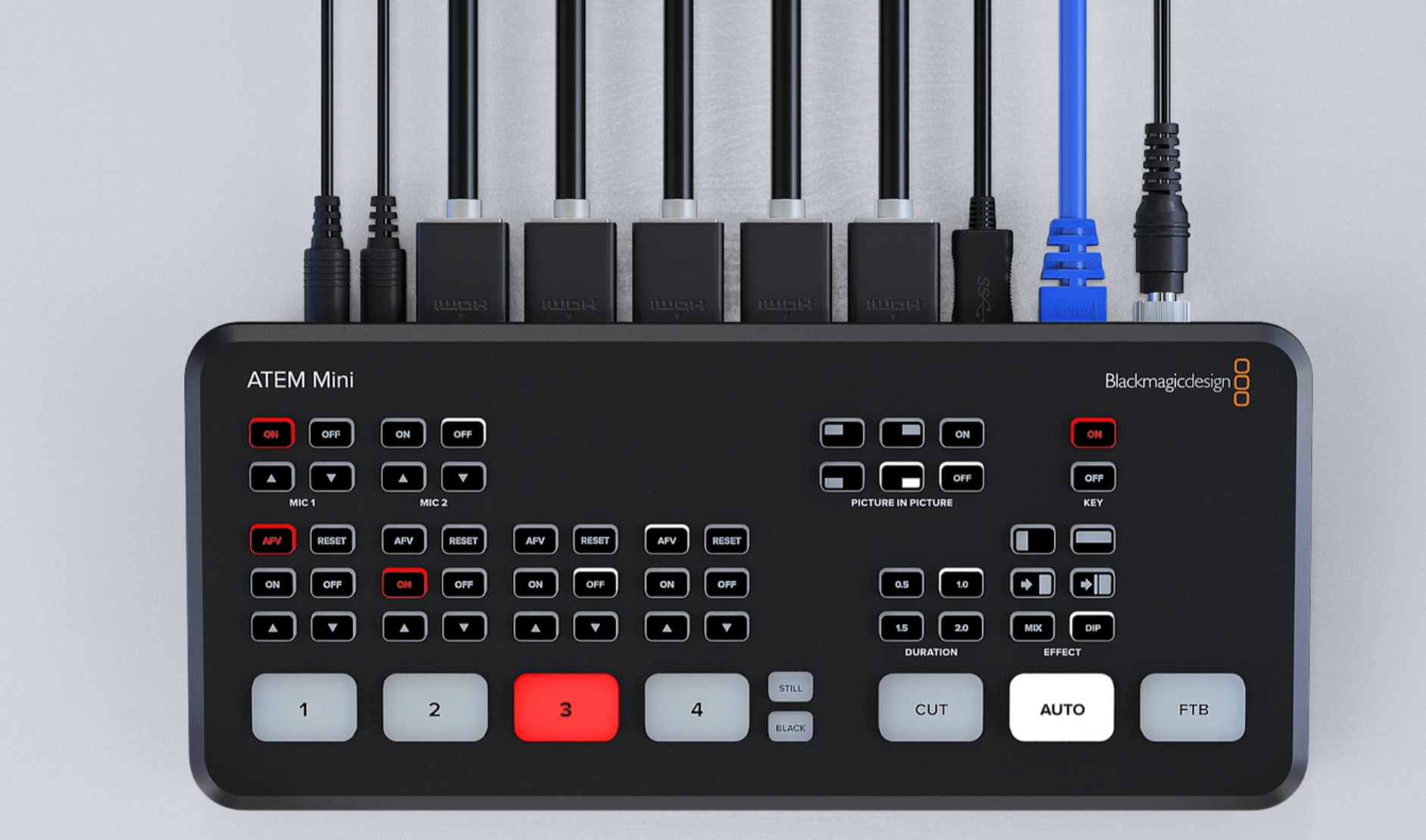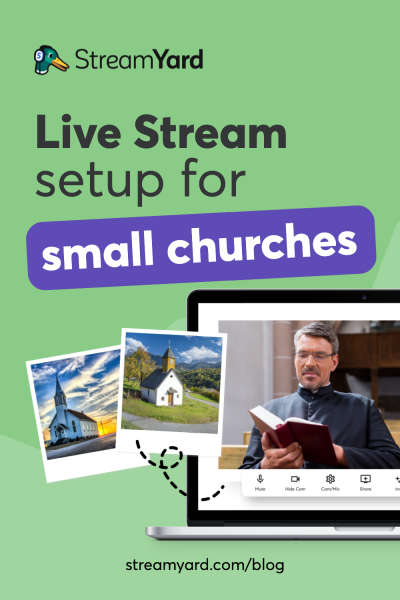Written by StreamYard
Live Stream Setup For Small Churches: The Ultimate Guide
If you're looking for ways to increase your small church's reach, live streams can help. And, contrary to popular belief, a small church live stream setup is easy to build.
To help you determine how to create a solid live stream setup for your church, this guide will cover why you should live stream a church service, what exactly you'll need for your small church live stream setup, and live streaming a church service using a smartphone.
Why live stream a church service?
Broadcasting a church service can help you reach worshippers who may otherwise not be able to attend in-house worship. It's also the perfect medium to bring in new congregants. So, if you want to improve your church participation, live streaming is the solution.
Through live streams, you can also include guest speakers who can't visit your church or parish, but still would want to be a part of the worship. In some cases, live streams also bring in more donations than otherwise possible with in-person services.
The Ultimate Small Church Live Stream Setup
Computer
While you can use your smartphone for live streaming your church service (covered later in this guide), using a computer is a better alternative – thanks to the ease of use and control it offers.
You can use any computer or laptop you may have stashed away in the back of your closet. But keep in mind that it shouldn't be outdated. Something that's less than three years old would be a good pick here. Also, ensure that it should have at least 4 GB of ram and a 2Ghz Dual-Core Processor for smooth functioning.
Camera
Everyone loves a good camera. And now that there's an influx of devices, choosing the right one for your small church live stream setup is easier than ever. Webcams, DSLRs, camcorders, PTZ cameras, and action cameras – you can choose any of these based on your streaming preferences.
While a webcam may not deliver extremely high-quality broadcasts, it's undoubtedly one of the least expensive options out there. But if you already have a DSLR, you can use it as a webcam to elevate the image quality without investing in a high-end camera.
Our recommendations:
- Webcam: Logitech C920
- DSLR: Sony α6000
- Camcorder: Canon VIXIA HF R800
- PTZ camera: SMTAV A3X6U
- Action camera: GoPro HERO8 Black
Tripod
To avoid shaky footage in your church broadcasts, investing in a tripod is imperative. But instead of looking around for the cheapest or costliest options, go for the one that does the job with minimal hassles. Search for something sturdy and durable, that allows for shifting and changing angles smoothly while streaming.
Our recommendation: Manfrotto Compact Action aluminum tripod with hybrid head

Video Switcher
Assuming you need to switch between cameras, you will need a device to do that effortlessly. Fortunately, you can find a wide range of video switchers to do the trick. A good video switcher will make it easy to select audio and video sources to help you show your desired footage during the broadcast.
Our recommendation: BlackMagic ATEM Mini

Lighting
Regardless of the camera you use for your small church live stream setup, your video quality will not look perfect if the lighting is not perfect. You can always use a camera that works well in low-light settings, but it may not be sufficient. That's why you need to pay close attention to the lighting in your live streams.
To prevent the setup from looking too bright or dim, use a three-point lighting mechanism with one background light, key light, and fill light each.
That said, for live streams with more than one speaker, it's important to have adjustable lighting around each speaker.
And don't forget to adjust the lighting during dry-runs to ensure that everything looks flawless on screen.
Microphone
Besides stellar video quality, good sound quality is equally crucial in making first and lasting impressions during live streams.
Attaining the exact peaceful environment of the church online can be a challenge, but that's where having a good microphone comes in handy. It can help the pastor's message be heard loud and clear, and balance the sound of the music or band in the background – bringing it all together.
Our recommendations:
Lavalier Mic – Rode Wireless Go II or Boya BY-M1
USB Mic – Blue Yeti
XLR Mic – Shure SM58
Video Encoder
A video encoder or enhancer is a piece of equipment that converts raw footage into viewable content for your live stream. There are essentially two kinds of encoders: software encoders and hardware encoders.
Software encoders are popular amongst live streaming beginners. That's because they are easily upgradeable and very affordable. They also provide excellent customization options, helping you get the video quality you seek. However, on the downside, they are not as fast as hardware encoders.
Now, coming to the hardware encoders. They allow your PC to run without any friction by not using additional computing power, that could interfere with your live stream's speed and quality. Also, hardware encoders are easier to set up. However, the video quality they offer remains almost fixed, which means you don't get enough freedom to tweak the video quality with hardware encoders.
Live Streaming Platforms
When it comes to choosing the platform for your live stream, nothing works better than your church's website. You can create a dedicated landing page for all your live streams and embed your live stream on it.
Using StreamYard, you can multistream on all the major platforms and level up your live stream quality with various features, including branding, pre-recorded live streaming, live comments, and more.

If you're not sure where your congregants view your live streams from, consider polling them to find out where your congregants are most active. Is it Facebook, YouTube, Instagram, or some other social media platform?
Internet Upload Speed
Finally, let's address the elephant in the room – your internet upload speed. You'll likely take its importance for granted, as long as the internet is working smoothly. But the moment your internet starts to buffer; you can start losing viewers.
So, before starting your church live stream, test the upload speed of your network and make sure it's good enough to ensure seamless broadcasts.
To learn more about the different upload speeds required for live streaming, here's a guide you can check out: Recommended Upload Speeds For Live Streaming.
Live Streaming from a Smartphone
Considering the fact that you might be on a tight budget, you must have your smartphone in your pocket, ready to use. We cannot underestimate the power of your iPhone or Android device, since it can do the job precisely, if not with HDR quality.
Setting up a smartphone is reasonably straightforward. Either someone can hold the smartphone, or you can use books or a tripod to make it stay in one place.
Plus, to broadcast your church service using a smartphone, all you need is a fully charged battery, a high-speed internet connection, and a browser-based live studio such as StreamYard.
The Takeaway
As a faith-based organization, the quality of your online worship service will depend on the quality of your live stream. You may give the best sermon, have the best church band, or the most incredible community, but if congregants can't see and hear you well, you may lose out on viewership.
So, make sure you follow this small church live stream setup guide and stay consistent with your assemblies while being ready for unexpected conditions that may hinder in-person worship.
Interested in seeing how other faith-based organizations live stream? Watch this video: Live Streaming For Churches and Religious Organizations.

